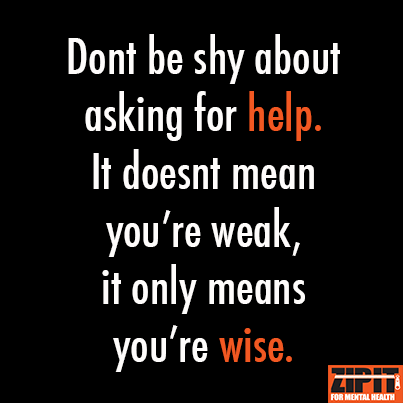The pitfalls of social media success: communicating strategically about sensitive issues.
Thriving most in vulnerable sections of society, Mental Illness remains one of the hardest things for Australians to talk about. If people are unable to physically communicate about this issue, you can imagine how problematic taking this conversation to social media can be.
Last year I was charged with doing just that whilst working on a mental health awareness campaign at an NGO.
Out with the old channels and in with the new.
After speaking to many journalists who simply hung up the phone at the mere mention of an ambassador affected by suicide, I decided to make contact with Jeremy Little from Mindframe, an organisation charged with educating practitioners about the discussion of suicide and other issues of high sensitivity in a Web 2.0 context.
Jeremy’s input became invaluable with the rise in popularity of our social media channels.
As our pursuit of media coverage fell on ears deafened by the restrictions and particulars of reportage about mental health, we noticed a huge spike in the popularity of our Web 2.0 channels.
But this blessing, turned out to be a very unexpected curse, as we were faced with the pitfalls of creating a thriving hub of social media engagement.
The Fallout
We had unwittingly created a community which had taken on a form entirely of its own, as tragic stories emerged through our feeds and people wrote in with expressions of hopelessness we were not equipped to handle in a mere comment box.
In the age of Web 2.0, the barriers of expression had been broken down so effectively that people were taking to our pages to share their darkest thoughts.
Our response
Guided by Mindframe’s recommendations, the team went into a state of crisis management, deleting comments readers would find triggering, and contacting their authors with details of support networks they might defer their concerns to.
Over to you
Web 2.0 is a fabulous opportunity for connecting with our audiences, however, the democratic free for all of the medium means we as strategic communicators are no longer able to control this conversation.
Do you think this is liberating, or potentially disastrous?


